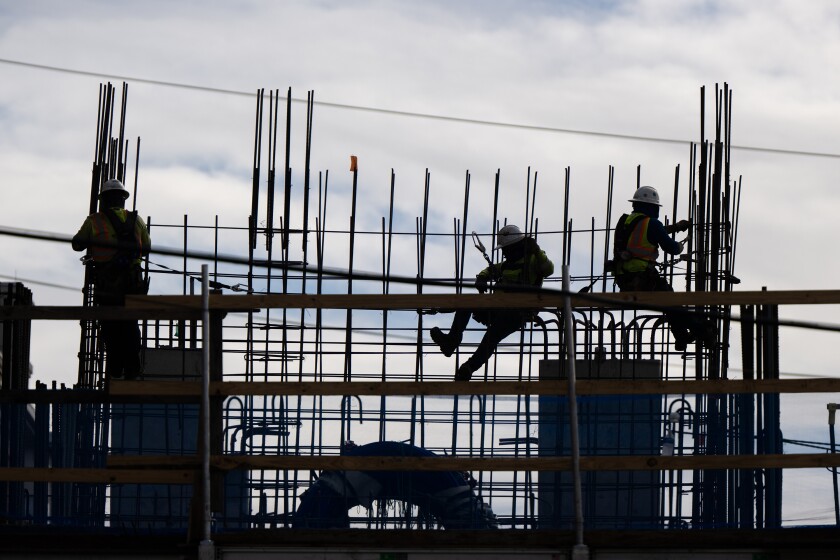After two years of temporary rules to protect outdoor workers from wildfire smoke, the Department of Labor and Industries announced permanent rules for outdoor work in wildfire smoke begin on Jan. 15, 2024. The new rules require employers to train and communicate with employees, develop plans for medical attention and take action at certain levels of air quality.
L&I's requirements focus on particulate matter 2.5, or PM2.5. They are tiny particles that can be generated by burning fires and are less than 2.5 microns in size — less than 1/20th the width of a human hair.
"Smoke from wildfires contains fine particles that can reach the deepest parts of the lungs, causing serious health problems," said an L&I news release. "When (outdoor workers) breathe in the tiny particles carried by the smoke, it increases the risk of reduced lung function, aggravated asthma, heart failure, and even early death."
L&I's rules are year-around and require employers to monitor the air quality through the State Department of Ecology, Environmental Protection Agency or other air quality indicator. Employers must inform employees about the risks of wildfire smoke, communicate with workers and ensure access to medical attention when workers need it.
Firefighters and workers in ventilated vehicles are exempt.
When the air quality gets to certain levels, employers are required to take specific measures. When the AQI is higher than 69, employers must disseminate information and training on health effects and the safety of respirators, or masks.
At an AQI of more than 100, N95 respirators should be provided for optional use and employers are encouraged to move work indoors or to places with better air quality and increase breaks. When the AQI is over 300, employers must give each worker a mask directly, though using them is still optional.
Masks become required at an AQI of 500 or more and at levels beyond the AQI, or with more than 555 μg/m3, employees must use more protective full-facepiece or powered respirators. The rules are specifically for PM2.5 levels in the air. If the AQI is high, but PM2.5 levels are low, they may not apply.
Business advocates and employers acknowledged the dangers of smoke but were concerned about the increased costs and training time during public hearings held around the state during the summer. Worker advocates called for lower AQI thresholds and more protective measures.
L&I received a petition for new rules in September 2020 in response to historic wildfires that year. The department had temporary rules in place in 2021 and 2022.
Public hearings on the changes took place in Yakima and elsewhere in the state.











